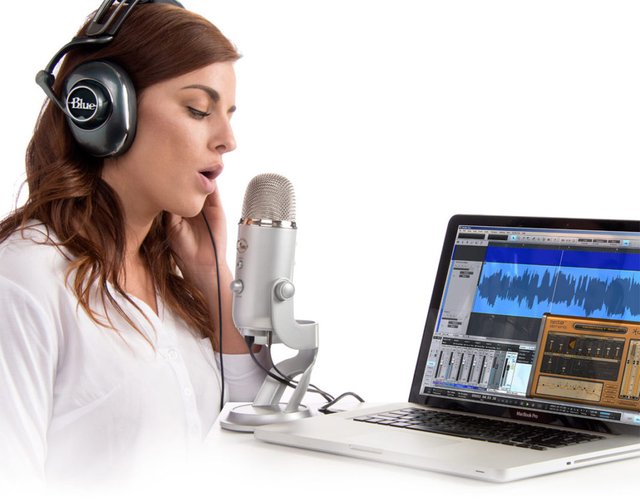31 Steps to Learn a New Language: Step #18 - Record and Listen to Yourself
Self-correction is vital in being able to speak a language fluently, especially if the learner is self studying rather than taking part in group classes. By listening to one's self, the individual is able to focus on the production of sounds and tones that they need to improve or correct. This method comes in handy when a person is learning tonal languages, such as Mandarin Chinese or Thai. These languages are reliant on the use of pitch in language to distinguish different meanings of words.

Thus, practice and self-correction are vital in being able to speak these kinds of languages. One trick to adopting this method into a learner's study habits is to mimic native speakers. The learner can get a hold of audio recordings of native fluent speakers with which they can compare their recordings to. This method is effective as it is a convenient and cheap way to improve one's speaking skills.
Here are the previous parts/steps of this series:
Step #01: Identify Your Learning Style
Step #02: Set Achievable Goals
Step #03: Accept That You Cannot Always Be Fluent
Step #04: Be Patient and Prepared to Put in Effort
Step #05: Take Advantage of Free Resources
Step #06: Adhere to a Strict Study Schedule
Step #07: Visualize Your Goals
Step #08: Write Notes by Hand
Step #09: Use Flashcards
Step #10: Prepare Visual Aids
Step #11: Revert Back to Childhood
Step #12: Embrace Mistakes
Step #13: Learn How to Listen
Step #14: Read Children's Books
Step #15: Consume Foreign Media You Find Interesting
Step #16: Listen to Radio Stations
Step #17: Learn Practical Phrases
